Our universe is absolutely fascinating. Part of the reason why is that no matter how much you learn about it, there is still plenty left to uncover, which includes all sorts of wonderful things, as well as the scary stuff.
The scary stuff is what we’re focusing on today. After combing the internet, we have found an abundance of comments about the creepiest and weirdest science facts netizens have ever heard. So, if you’re curious to learn more about our universe or simply drawn to spine-chilling stories, don’t hesitate to delve deeper and find the fascinating facts on the list below. Happy scrolling!
#1
That 20–25% of people in comas are awake and aware but just can’t move.
Imagine just lying there, trapped in the prison of your own mind. I’d rather not.

Image credits: Cecil B
#2
It's been suggested that the reason we have no evidence of intelligence beyond our planet is not the vast distances, but the brief blip of time intelligence exists before destroying itself isn't long enough for two distinct space-faring cultures to interact.

Image credits: Aiged
#3
There are individual stars that are bigger than the distance from the earth to the sun.
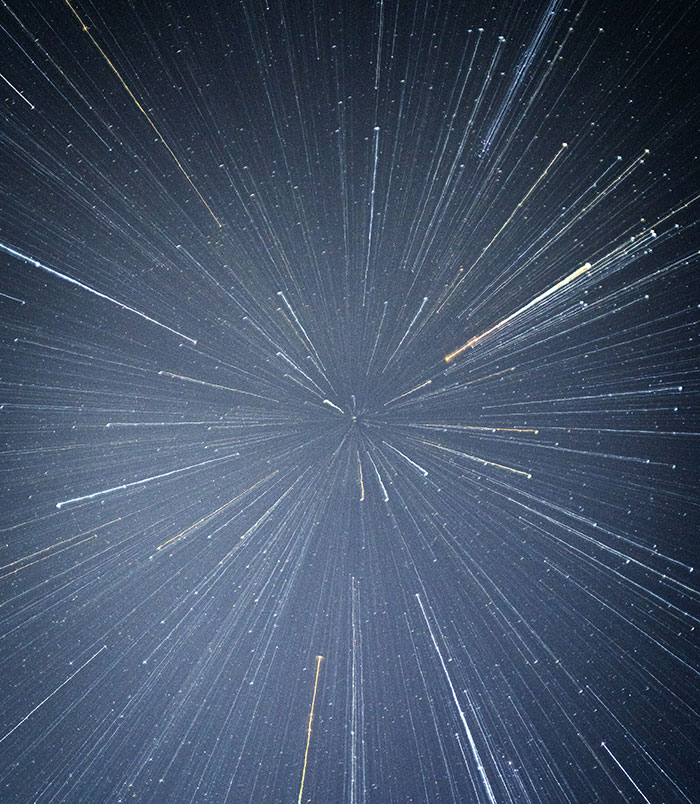
Image credits: anon
#4
Yet one more thing to worry about due to global warming: The defrosting, reviving, and unleashing of viruses trapped in the permafrost when the ice melts and the ground thaws. What this will do to world health is currently unknown, but it won’t be pretty. It will make COVID look like the 24-hour croup.
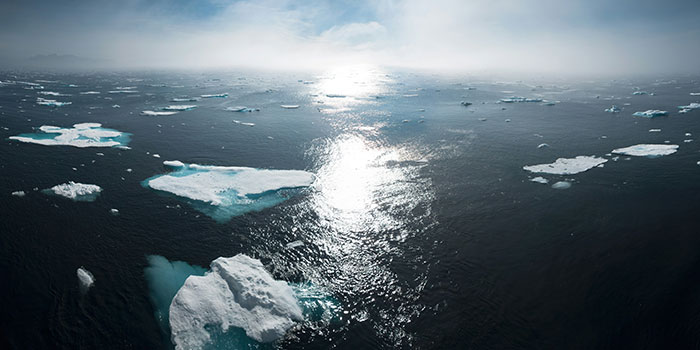
Image credits: Carol Cotton
#5
There is a squid called the bigfin squid that we’ve only seen 3 times. Their tentacles are so long they reach to the seafloor. About 20-26ft long and scientists say the ones we’ve seen are more than likely not adults. They even have elbows. We don’t really know much about them since they are rarely seen. Look on google and you’ll see how scary they are. And yes they are in the deep, deep ocean approx 5000ft deep.

Image credits: anon
#6
Super flares happen on every star. Which includes our own sun, but since the sun is a rather old and quiet star, it only happens every other 1000 years or so. But they happen, and it's not a matter if, but when it happens.
A superflare from the sun wouldn't be that deadly and devastating as it sounds, but it would be enough to roast sattelite communication, cause global blackouts and a thick layer of radiation around earth.
Scientists guess the next super flare will occur within the next 100 years.
Anyway, have a nice day.

Image credits: myhamsterisajerk
#7
Deep Sea Giantism.
There are species that live deep underwater that are massive compared to their shallow water counterparts.
The only way we've come across them is when they've washed up on shore or were caught by fisherman because they wandered into more shallow water.
But we really have no idea what the scope or scale of how large these creatures can get because we can't study them at the depth in which they live. For all we know, the found creatures were babies that were separated from their mothers.

Image credits: dawrina
#8
The exact middle of nowhere is 48°52.6′S 123°23.6′W. It's a spot in the Pacific Ocean named [Point Nemo](https://oceanservice.noaa.gov/facts/nemo.html) that's 2688 km (1451 nautical miles) from nearest land.
It's roughly between New Zealand and South America. More specifically Point Nemo is between the Easter Islands, the Pitcairn Islands, and Antarctica.
Suppose you were in a ship that sank at Point Nemo and you had to climb into a life raft. If you were on your own without a radio, just paddling and collecting rainwater and catching fish, then if you could travel 20 miles a day it would take two and a half months to reach nearest land...
...if you navigated perfectly.
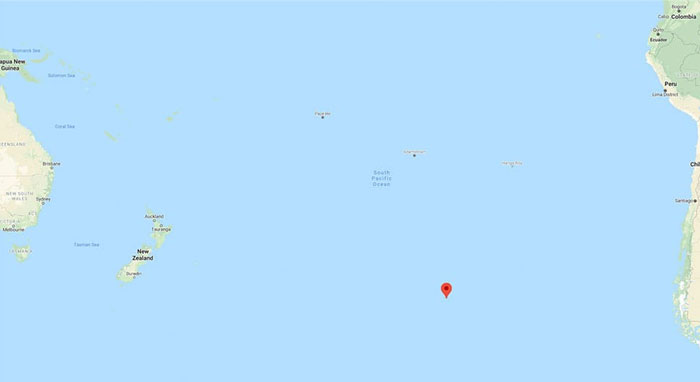
Image credits: doublestitch
#9
There's stars below you right now. There is no true "bottom" of things.
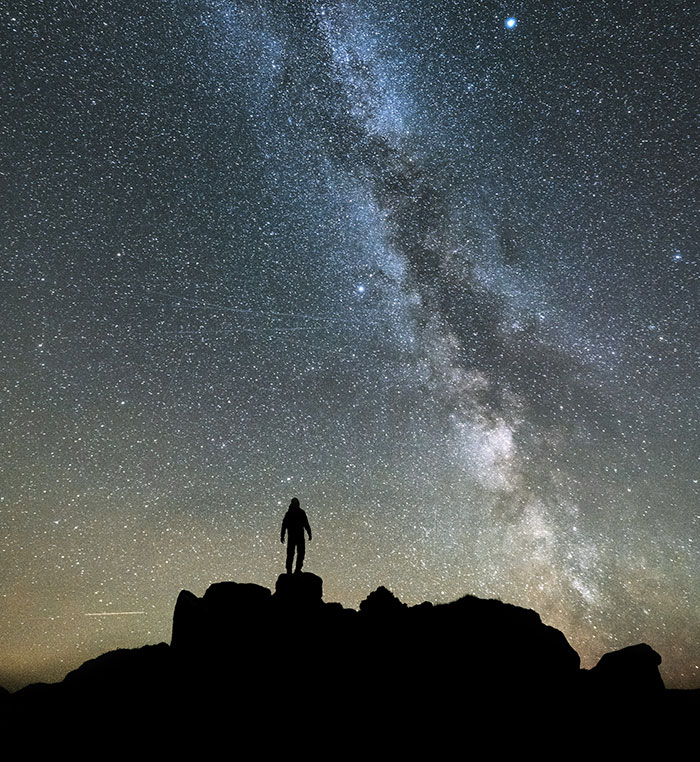
Image credits: LollipopDreamscape
#10
There's millions of black holes that are millions of times bigger than the earth that are just randomly hurdling through space at insane speeds like pinballs in a pinball machine, sleep tight!
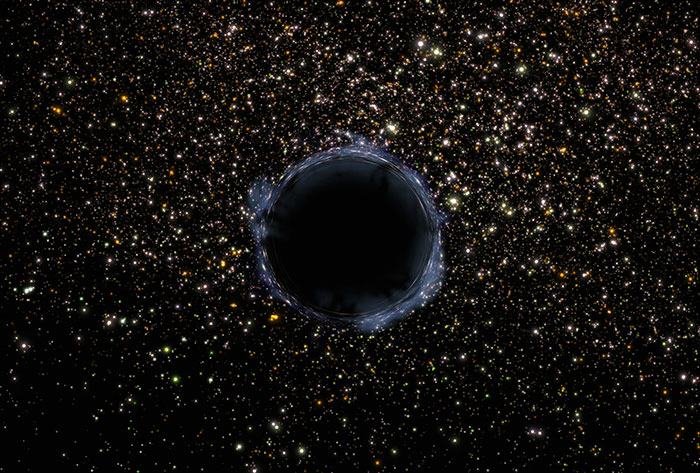
Image credits: ay-aye-ron
#11
The further away a galaxy is, the smaller it looks to us. That makes sense. However there comes a point beyond which the further away it is the LARGER it looks. That's because when the light left it, the universe was smaller, the galaxy was closer, so it filled a larger area of sky.
Source: The End of Everything: (Astrophysically Speaking) by Katie Mack.
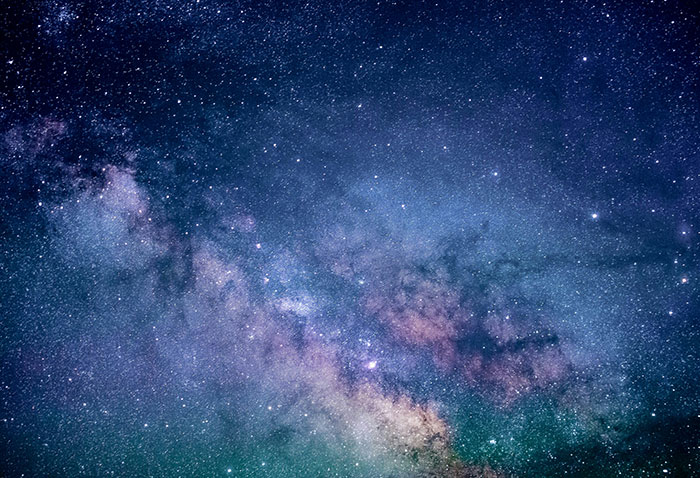
Image credits: anon
#12
That we didn't even discover 10% of our ocean.

Image credits: AdministrativeLuck49
#13
A gamma ray burst (GRB) could wipe all life from the face of the Earth at any time with little to no warning.
GRBs are intense blasts of radiation that stream into space when a star explodes, traveling at 99.99% the speed of light. GRBs are well known to astronomers and have been spotted in different galaxies.
If you're on the side of the planet facing the GRB, it would be like getting caught in a nuclear blast thousands of times stronger than all the nuclear warheads on Earth combined. If you happen to be on the other side of the planet, you'll simply burn to death from radiation as the atmosphere disintegrates and all the gamma-rays liquefy your cells. A near miss GRB, which means the stream of radiation just grazes the Earth, will still be fatal, but the resulting death will be slower as the ozone layer burns up and our ecosystem is destroyed.
It has been calculated that every 5 million years or so, a gamma ray burst goes off close enough to harm life on Earth. GRBs may have caused some of the extinction events that have occurred in the Earth’s past. GRB’s have possibly sterilized the planet before and they could do it again.

Image credits: Robert C.
#14
This is more interesting than weird, but I'll say it anyway
Theoretically, if an alien living on a planet 200 million light years away had a device by which they could view Earth, due to the 200 light years gap in light reach, instead of seeing humans through the device, aliens would instead see dinosaurs from the Jurrasic Period since that's the era from which the light has reached till that point.
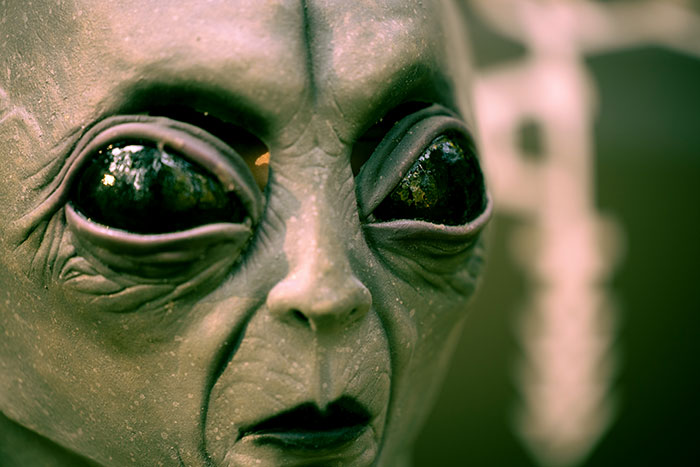
Image credits: DesignerRead2198
#15
Fact 1) Antipoles are 2 points on the Earths surface that are diametrically opposite. If I stood on the North Pole, the South Pole is my Antipole.
Fact 2) The Pacific Ocean is so big, it contains its own Antipole.
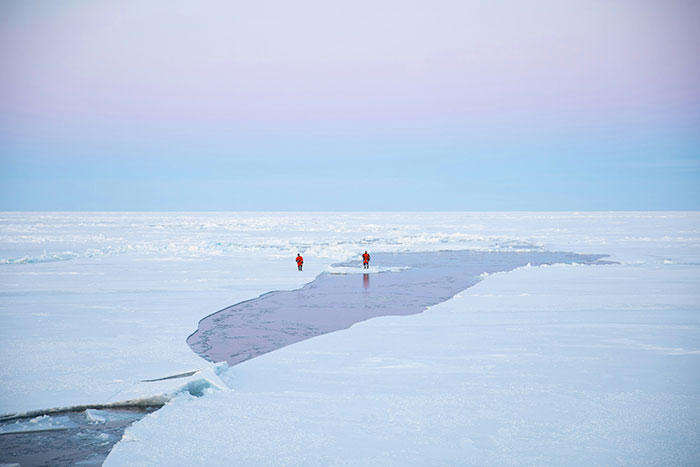
Image credits: Desperate-Record1135
#16
The distance between the deepest part of the ocean and the top of Mount Everest is only about 12 miles (~20 Km).

Image credits: IntelligentBuffalo79
#17
It seems like most things in here about space but really the depth and amount unknown about the ocean is insane. The Mariana Trench is 6 miles deep.

Image credits: anon
#18
That objects don’t actually have color. Our eyes just assign a color to the wavelength of light an object reflects.

Image credits: CreamyOreo25
#19
I always thought it was cool that, throughout all human history, there are still parts of the world where no one has stepped foot.
Take a hiking trail for instance. If I walk even thirty feet off the trail, I could potentially be standing somewhere no one else has stood before. I could have been the first person to walk in that area.
I don’t have any evidence that this is the case but idk I had the thought one day so I figured I’d put that out there lol.

Image credits: deadBoybic
#20
There's no reason in physics why time has to flow forwards. It's just how our brains observe it.

Image credits: Jimmyg100
#21
The surface of Mercury can reach lows of -290F -180C despite being so close to the sun.
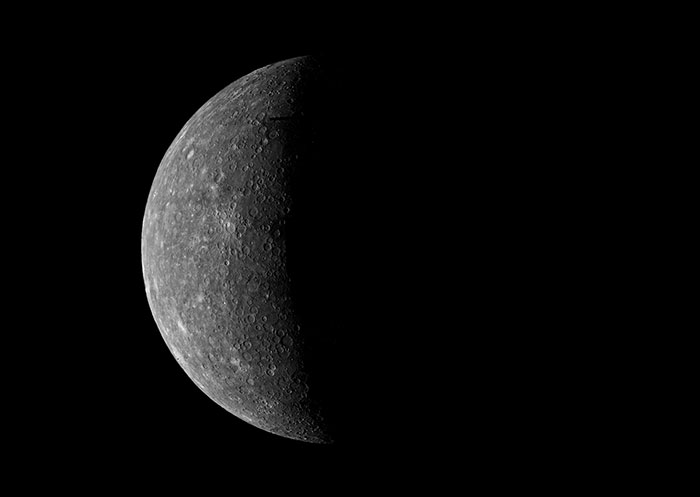
Image credits: anon
#22
I know I'm late to this but what really freaks me out about space is that so much of what we see is from millions of years ago. If we can only see what that star looked like millions of years ago, what does it actually look like today?

Image credits: Smil3yAngel
#23
Spherically, the earth is about as smooth as a billiard ball. Even with Everest and the deepest parts of the oceans, they barely even register on the grand scene.
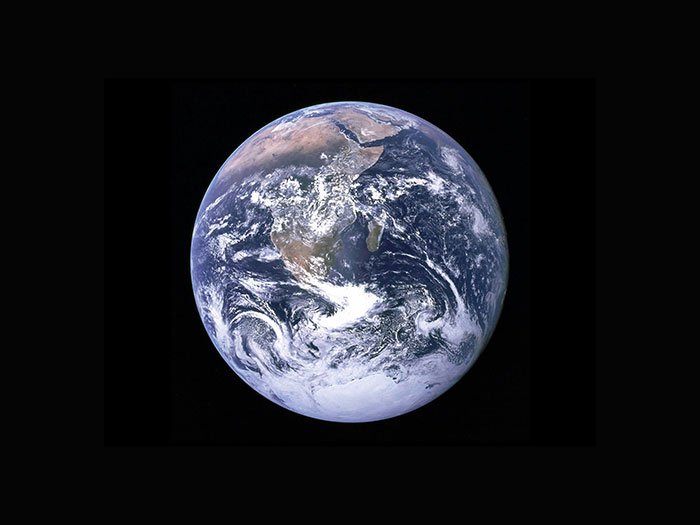
Image credits: 3nd0rph1n
#24
In our galaxy, a star goes supernova roughly once every 50 years. That seems to be the universal average rate of galaxies having stars going supernova. There are so many galaxies in the known universe that there are roughly 50 stars turning into supernovas every second.
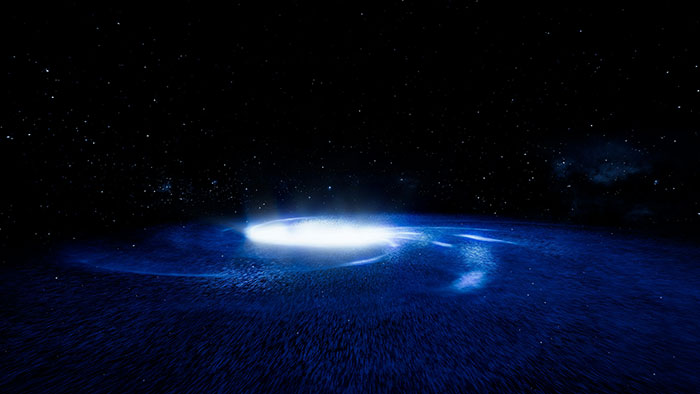
Image credits: MegaGrimer
#25
Eventually (due to the expansion of the universe) nothing will be visible outside our galaxy
This will take a *very* long time tho.
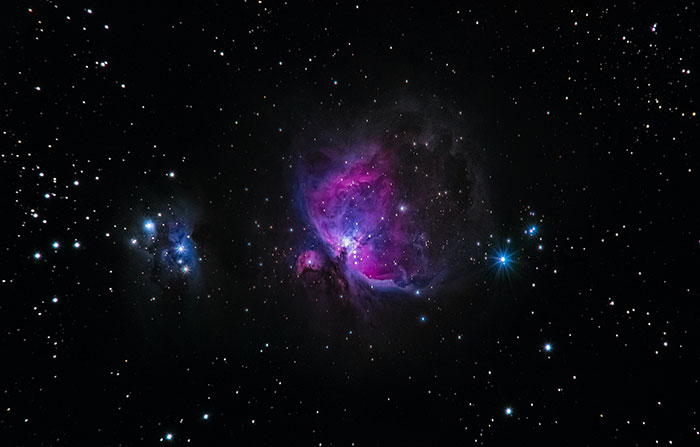
Image credits: SavageCabbageGG







